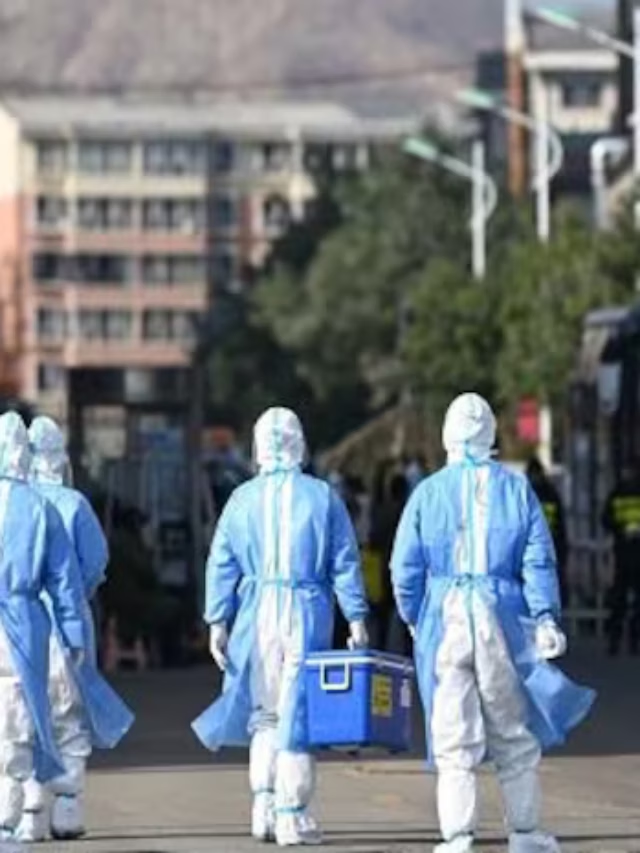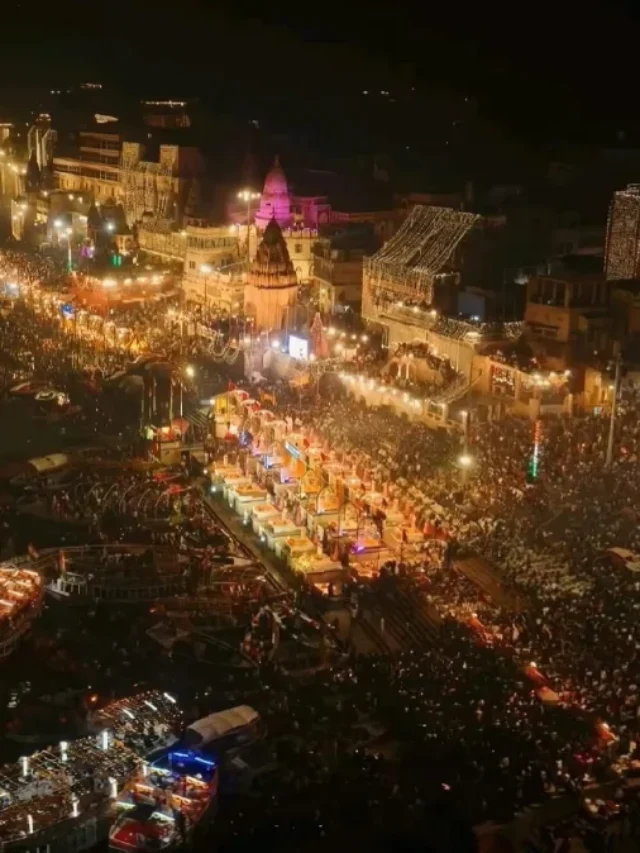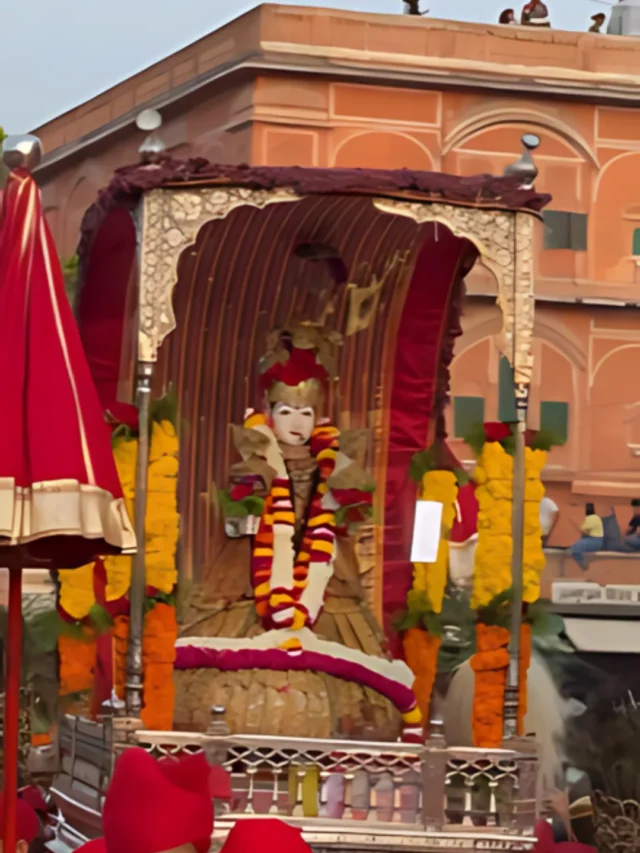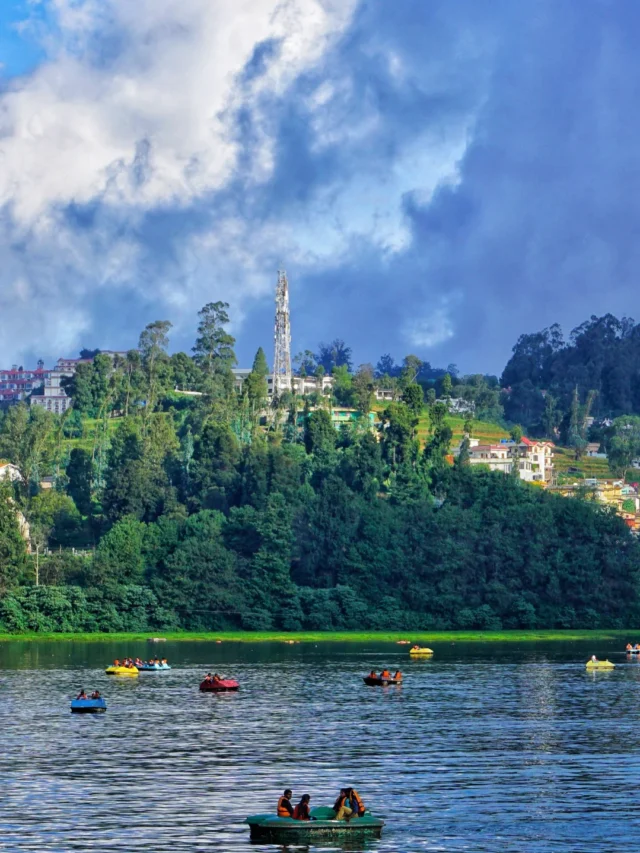Ladakh is a dream come true for many, especially for its trekking and biking opportunities. The destination offers many treks for the adventure lover in you, from the great Chadar Trek to the magical Markha Valley Trek. This blog will explore the depths of the Markha Valley and its trek!
Markha Valley: Ladakh’s Most Pristine Valley
One of the most alluring treks in Ladakh is the Markha Valley trip, which offers an enthralling adventure between flying prayer flags, old mani walls, towering mountain passes, unusual animals, and breathtaking steep gorges. You will pass through real villages along the way, letting you feel a deeper connection to the rich fabric of Ladakhi culture. The trek offers breathtaking views of the Stok and Zanskar ranges, showcasing colourful rock formations.
June to September is the best time to start the Markha Valley walk. This strenuous route is best suited for experienced hikers because of its many stream crossings, difficult ascents and descents from two high passes and lengthy walking days. Prepare yourself for an experience that promises to be both a cultural immersion and a sight of natural beauty, letting the peace of the Markha Valley’s sceneries soothe you from the cares of everyday life.
Markha Valley Trek: Beauty in Difficulty

The Markha Valley trek is a strenuous trek well worth the effort. The beginning of this daring walk begins at Leh, which gives your adventure even more excitement as you get to see the Buddhist structures there. As you ascend, you’ll be astounded to travel past the small villages. Although the path passes through arid areas, you will see streams of water, such as the Markha and Indus. When travelling through the Hemis National Park, one is treated to a wide variety of rare wildlife, including argali, snow leopards, mountain sheep, rabbits, and other Himalayan species.
This demanding five-day trip is mostly intended for experienced trekkers, including multiple stream crossings, steep ascents and descents from two passes, and an hour-long walk. It is appropriate for hikers of all ages. The Markha Valley Trek offers breathtaking vistas hidden behind the mountains, and each day is thrilling in its unique manner.
Markha Valley Trek Itinerary from Chilling

This walk has three alternative beginning points: Chilling, Spituk, and Stok. The most common place to start is Spituk. On the other hand, you ascend quickly from the Spituk side to Ganda La (more than 5,000 feet in two days) and then fall severely to Skiu. A simpler route is to start from Chilling since you may join the path at Skiu and increase in height gradually.
It is the route to begin the walk from Chilling. You can also start from Spituk or Stok if you are physically fit and well-acclimatised. Although beginning from Spituk allows you to cross two high passes, the vistas from Markha up to Kongmaru La are undoubtedly the greatest on this path.
Day 1: Chilling to Skiu – 3 Hours – 7 Kilometres
· The Markha River empties into the powerful Zanskar River at Chilling. It is also the closest roadhead from which to begin the walk.
· Once at Chilling, use the tram bridge to cross the Zanskar River. Starting with a good time is riding the tram across the massive river. There is another way to cross the river here since a bridge was recently built.
· Turn right after crossing the river. In actuality, this is a few kilometres of motorable road. You’ll notice a route that veers off the road and ascends as soon as you start. You are welcome to choose this route instead of the boring road stroll.
· The track begins with a strong rise lasting around 30 minutes. Due to the altitude, you may experience some difficulty. But the hard portion of the walk for the day is behind us. From here, the route flattens out and rejoins the road.
· From then on, the walk to Skiu is rather level and takes place over the Markha River. After another 3 miles on your path, you will cross the settlement of Kaya. Although it would be lengthy the next day, you may spend the night in this village as there are also homestays.
· Kaya is three km ahead of Skiu. A charming town is tucked up between enormous, rugged mountains. Here are camping areas and homestays available. Since the next settlement is quite a distance away, it is not advised to proceed. Get a good night’s sleep to help you recover for the lengthy trek the following day.
Day 2: Skiu to Markha Valley – 7 Hours – 20 Kilometres
· It’s a long day walking along the riverbank, mostly on level terrain. On this day of the walk, you can glimpse some greenery by the Markha River’s thickets and several barley fields. Its difficulty (and pleasure) will be forging two separate, frozen bridges across the Markha River.
· Head up the Markha Valley towards the east to begin. The path follows the river for two km until it crosses a bridge. Continue straight ahead along the river, avoiding the bridge.
· From here, there are a few washout parts on the route that you must traverse by climbing up and down to get beyond the damaged area. There is a bridge crossing on the trail ahead. The Narding clearing is located 2 kilometres beyond this bridge. There’s a campground called Sara 3km up ahead.
· You have to cross another bridge one km ahead of Sara. You have arrived at Chalak village. There are barley fields in this lovely village. Travel time from Skiu to Chalak is 5 to 6 hours. The path steadily climbs from Chalak, passing past a track signposted with Bharal horns.
· The valley opens after two to three kilometres, and a river crossing leads to Markha Village. This place can have thigh-high water. Removing your shoes and socks and pulling up your trousers is advisable because the water is chilly. Find a place where it is safe to wade in, ideally where the river widens.
· After you pass across, continue walking for a few km until the last bridge crossing of the day. When you cross the bridge, you will soon come to Markha, the largest settlement in the valley. There are several homestays in Markha.

Day 3: Markha Valley to Hankar – 5 Hours – 11 Kilometres
· The trek’s most breathtaking section starts here. The sights begin to unfold as you approach the upper Markha valley this morning. On this day’s climb, you enjoy breathtaking views of Kang Yatse, an almost flawless pyramid.
· Follow the route that leads up from the settlement of Markha. From Markha village, take the route that runs beside the Markha River. A wooden plank bridge will appear; ignore it and walk, keeping the river to your right.
· It’s a 2-kilometer walk through the Markha River after that. At least two crossings will be required of you today. The second river crossing is followed by a two-hour walk up to the little village of Umlung. To get to Umlung, watch for the Umlung Gompa and cross from its base.
· The first glimpse of Mt. Kang Yatse is gained as you ascend from Umlung, a beautiful sight. You may reach the charming town of Hankar after two hours of trekking around the edge of a canyon. You may continue to Thochungtse, but there aren’t any homestays there.
Day 4: Hankar to Nimaling – 6 Hours – 10 Kilometres
· Day 4 is another brief day of hiking in an amazing location. Enjoy the scenery and take it slowly, but get to Nimaling before the weather becomes too terrible.
· From Hankar, follow the route as it goes sharply upward. About a km in, the route divides in two. The route heads up to a pass named Zalung Karpo La; you may ignore it. After another kilometre on the lower route, you will arrive at Thochuntse’s campground.
· Beautiful green meadows with a few teahouse tents may be seen at Thocuntse. The track splits right after Thochungtse. Proceed on the left-hand track; the right-hand trail leads to the Kang Yatse base camp.
· The route is quite steep for around sixty minutes before easing up slightly. You soon come to a lovely pond with Kang Yatse in the distance. It is the ideal location for your packed lunch.
· It’s a long, steady fall from the pond to the huge, windswept plateau of Nimaling. Nimaling is utilised as a summer pasture and is unusually lush for its height. There is a tea house here with plenty of ready-to-use tents where you may spend the night during the hiking season (May to September).
Day 5: Nimaling to Chokdo via Kongmaru La – 6 Hours – 12 kilometers)
· This day’s hike is comparatively challenging. It would help if you first made your way up the short but steep Kongmaru La hill. Perhaps more challenging, though, is the steep descent from the pass that seems never to end.
· Most people descend to Shang Sumdo on the same day. However, it makes for an uncomfortable last day. Spending the night in Chokdo is strongly suggested if you have the luxury of leisure.
· Kongmaru La may be seen easily to the east from Nimaling. Proceed towards the pass after crossing the brook close to the campground. A well-marked path ascends sharply to the pass. It takes around two hours to go to the pass from Nimaling.
· Kongmaru La is an ideal place to recuperate following the tough ascent. This location offers fantastic views of the Ladakh and Indus valleys on a clear day.
· But this is only the start of the truly challenging portion of the day—not its conclusion. The pass has a treacherous drop. After walking for two to three kilometres, you will reach a small canyon with rocky, precipitous slopes.
· When you get to Sukarmo, the canyon opens after approximately two hours of descending. You can also spend the night in Sukarmo because it has tea house tents. You continue down the riverbed for another hour until you reach a part that runs along a small hill. Here, the route descends steadily.
· You will soon arrive at Chokdo, the little settlement where you will spend the night. Here is where you may book a homestay. Since Chokdo has phone service, it is best to make a cab reservation there if you intend to take one from Shang Sumdo to Leh. If not, you might have to travel to Shang Sumdo and wait for a taxi for several hours.

Day 6: Back to Leh from Chokdo via Shang Sumdo: 2 Hours Trek + Drive – 5 Kilometres Trek + 50 Kilometers Drive
· It is a quick and simple day’s hike to Shang Sumdo, the roadhead. It should take you less than two hours to complete the stroll along the riverbed.
· There are occasional buses that go from Shang Sumdo to Leh. You can get to Leh via cab if a bus isn’t available. Locating other hikers ready to share a cab is a smart idea if you’re doing the Markha Valley trek solo.

Markha Valley Trek Cost
If you choose to do this trek via an operator, it will cost you around Rs. 20,000. If you do it solo, the cost will be higher—approximately Rs. 25,000 to 30,000.
Markha Valley Trek Best Time

June to September is the best time for the Markha Valley trek in India. The weather is pleasant during that time, and the sightseeing opportunities are marvellous.
Conclusion
The Markha Valley trip is an in-depth investigation of Ladakh’s spirit, not just a physical excursion through magnificent scenery. The hike became a kaleidoscope experience as the colourful prayer flags floated in the mountain wind, and every step unveiled a new rock tint. The settlements murmured stories of Ladakhi customs and provided a real link to the area’s rich cultural heritage, like an oasis in this high-altitude desert.
The Markha Valley journey goes above and beyond the Stok and Zanskar ranges’ breathtaking scenery, testing your mettle with stream crossings, difficult ascents, and descents from high passes. Each step is like a brushstroke, capturing the marvels of nature and leaving a lasting impression on your soul. It turns into a canvas of wonders.
Encouraged by the striking Markha Valley trek in Ladakh? It’s now your chance to explore the captivating scenery, take in the constantly changing colours of the rock-strewn path, and experience the genuine charm of the Ladakhi settlements. The rugged beauty of Markha Valley invites you, whether you are an experienced trekker or a traveller seeking cultural immersion. Bring a sense of wonder, curiosity, and fortitude, and let the mountains lead you on an extraordinary journey. Don’t let this chance pass you by; heed the call of the Markha Valley, where every action is a stroke of a trip that will change your life. Where this blog ends is where your experience starts. Are you going to take the call?







